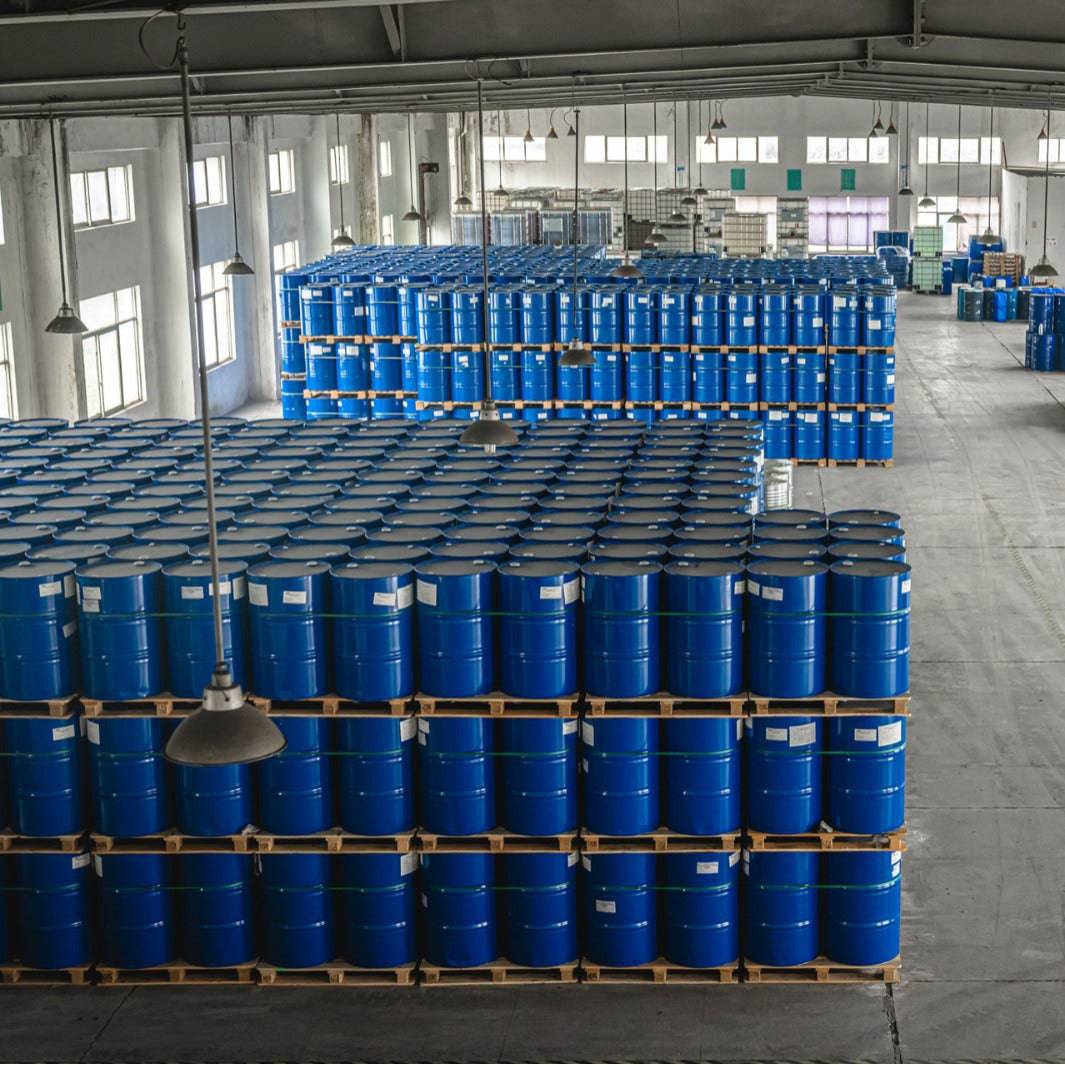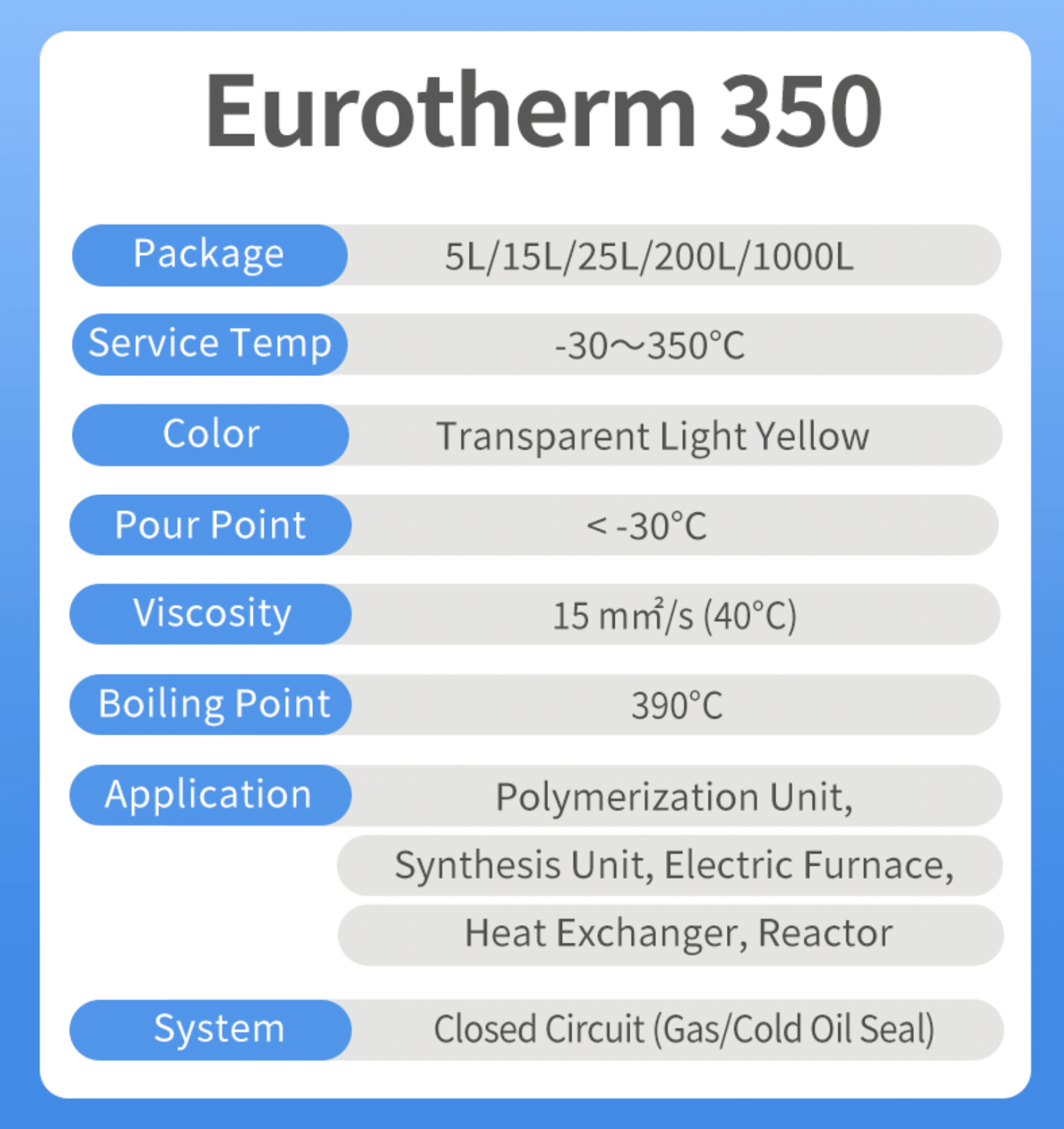10 Simple Techniques For Chemie
10 Simple Techniques For Chemie
Blog Article
Little Known Questions About Chemie.
Table of ContentsThe 6-Minute Rule for ChemieSome Known Details About Chemie Chemie Fundamentals ExplainedUnknown Facts About ChemieThe Facts About Chemie RevealedChemie Can Be Fun For Anyone
By Bojanna Shantheyanda, Sreya Dutta, Kevin Coscia and David SchiemerDynalene, Inc. Fluid cooling, which can be achieved utilizing indirect or straight ways, is made use of in electronics applications having thermal power densities that might surpass secure dissipation via air cooling. Indirect fluid air conditioning is where warm dissipating digital components are physically divided from the fluid coolant, whereas in instance of straight cooling, the elements remain in straight contact with the coolant.Nonetheless, in indirect cooling applications the electrical conductivity can be important if there are leakages and/or spillage of the liquids onto the electronics. In the indirect air conditioning applications where water based liquids with rust preventions are typically used, the electrical conductivity of the fluid coolant mostly depends on the ion concentration in the fluid stream.
The boost in the ion focus in a closed loop fluid stream may occur as a result of ion leaching from steels and nonmetal elements that the coolant liquid touches with. During procedure, the electrical conductivity of the liquid may increase to a level which might be damaging for the cooling system.
The 3-Minute Rule for Chemie
(https://www.tripadvisor.in/Profile/chemie999)They are grain like polymers that are qualified of exchanging ions with ions in an option that it touches with. In today work, ion leaching examinations were executed with numerous steels and polymers in both ultrapure deionized (DI) water, i.e. water which is dealt with to the highest degree of purity, and reduced electric conductive ethylene glycol/water mix, with the determined modification in conductivity reported with time.
The examples were permitted to equilibrate at room temperature level for 2 days prior to tape-recording the preliminary electrical conductivity. In all examinations reported in this research study fluid electrical conductivity was measured to a precision of 1% using an Oakton CON 510/CON 6 collection meter which was adjusted prior to each measurement.
4 Easy Facts About Chemie Shown
from the wall home heating coils to the facility of the heating system. The PTFE example containers were positioned in the heating system when stable state temperatures were reached. The examination arrangement was removed from the furnace every 168 hours (7 days), cooled down to space temperature with the electrical conductivity of the liquid measured.
The electric conductivity of the fluid example was kept track of for a total of 5000 hours (208 days). Schematic of the indirect shut loop cooling experiment set-up. Elements used in the indirect shut loop cooling down experiment that are in call with the liquid coolant.

Chemie Can Be Fun For Anyone
The adjustment in liquid electric conductivity was monitored for 136 hours. The liquid from the system was gathered and stored.

0.1 g of Dowex material was included in 100g of fluid samples that was taken in a different container. The mix was mixed and alter in the electrical conductivity at space temperature was gauged every hour. The gauged adjustment in the electric conductivity of the UP-H2O and EG-LC test fluids containing polymer or metal when immersed for 5,000 hours at 80C is revealed Figure 3.
Facts About Chemie Uncovered
Number 3. Ion seeping experiment: Measured adjustment in electrical conductivity of water and EG-LC coolants consisting of either polymer or metal examples when submersed for 5,000 hours at 80C. The outcomes show that metals added less ions into the liquids than plastics in both UP-H2O and EG-LC based coolants. This might be because of a thin steel oxide layer which might work as a barrier to ion leaching and cationic diffusion.
Liquids consisting of polypropylene and HDPE displayed the most affordable electrical conductivity adjustments. This might be as a result of the short, stiff, straight chains which are less likely to contribute ions than longer branched chains with weaker intermolecular forces. Silicone additionally carried out well in both examination fluids, as polysiloxanes are generally chemically inert as a result of the high bond energy of the silicon-oxygen bond which would protect against degradation of the material right into the fluid.
How Chemie can Save You Time, Stress, and Money.
It would be anticipated that PVC would certainly generate comparable results to those of PTFE and HDPE based on the comparable chemical structures of the click here to read materials, nonetheless there might be other contaminations present in the PVC, such as plasticizers, that may impact the electric conductivity of the fluid - immersion cooling liquid. Furthermore, chloride teams in PVC can additionally leach into the examination fluid and can create a boost in electric conductivity
Buna-N rubber and polyurethane revealed indicators of deterioration and thermal decay which suggests that their feasible utility as a gasket or glue material at higher temperature levels can bring about application concerns. Polyurethane completely broke down right into the test fluid by the end of 5000 hour test. Number 4. Before and after images of metal and polymer examples submersed for 5,000 hours at 80C in the ion leaching experiment.
Calculated adjustment in the electrical conductivity of UP-H2O coolant as a function of time with and without material cartridge in the closed indirect air conditioning loop experiment. The gauged change in electric conductivity of the UP-H2O for 136 hours with and without ion exchange resin in the loophole is revealed in Number 5.
Report this page